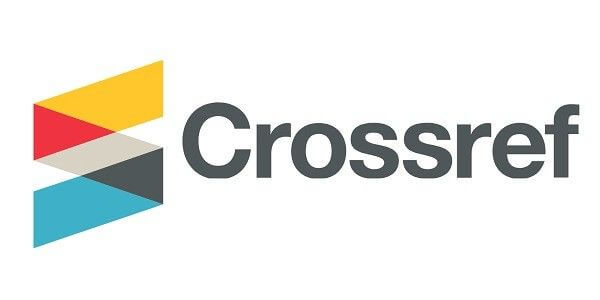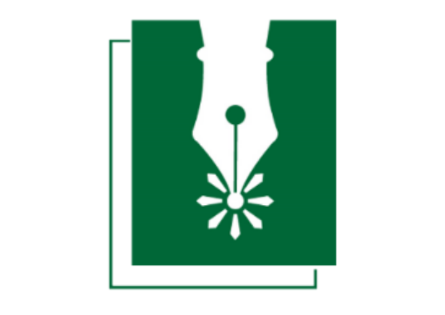The Role of Sports in Peace-Building: Insights from NCAA Community
Keywords:
human development, NCAA, peace, peace-building, sportsAbstract
Sports are not just for fun and recreation but entail responsibilities to promote human development, and peace-building. Through a mixed method causal research that utilized personal interviews, this research summarized the perceptions of combined 113 San Beda University players and coaches - actively involved in Philippines National Collegiate Athletic Association (NCAA),the associations of variables based on Spearman rho of the levels of characteristics of sports, human development, peace and peace-building efforts. Characteristics of sports relevant to peace and peace-building affect the level of human development of coaches and athletes. The characteristics of sports also affect the level of peace-building efforts. However, characteristics of sports are not associated with the achievement of peace in a broader scope because variety of factors and different actors are involved. The individual coach and athlete’s preference and accessibility on sports are determinants of human development, and peace-building. If the coaches and athletes liked their sports, strongly believed that their sports contributed to physical fitness, mental well-being and social interaction,and strongly believed that sports gave them experiences and enabled them to access individuals or groups of different cultures and levels of ability, then, they also strongly perceived that their sports promoted holistic well-being, and normal life span as healthy people, allowed themselves to express themselves, and be recognized as they enjoyed sports for leisure and affiliation. Coaches and athletes are encouraged to conduct annual orientation and training about infusing the objectives for human development and peace-building, and continuously improve the process. The researcher recommends further study towards higher level of statistical generalization for the NCAA community through quantitative research methods, regression analysis, mediation, and moderation analysis.
References
Anderson D. R., Sweeney, D. J., & Thomas, W. A. (2015). Modern business statistics (4th ed.). Cengage Learning Asia Pte Ltd.
Blagojevic, B. (2012). Sports and peace, In Gilbert & Bennett (Ed.). Sport, peace and development (pp. 117-130). Common Ground Publishing LLC.
Cardenas, A. (2013).Peace building through sport? An introduction to sport for development and peace. Journal of Conflictology, 4(1), 24-33. http://journal-of-conflictology.uoc.edu
Cardenas, A. (2016). Sport and peace-building in divided societies: A case study on Colombia and Northern Ireland. Peace and Conflict Studies, 23(2), 4. https://nsuworks.nova.edu/pcs/vol23/iss2/4
Fram, S. M. (2013). The constant comparative analysis method outside of grounded theory. The Qualitative Report, 18(1), 1-25. https://nsuworks.nova.edu/tqr/vol18/iss1/1
Giulianotti, R. (2010). Sport, peacemaking and conflict resolution: A contextual analysis and modelling of the sport, development and peace’ sector. http://mc.manuscriptcentral.com/rers ethnic@surrey.ac.uk
Giulianotti, R. (2011). The sport, development, and peace sector: A model of four social policy domains. Journal of Social Policy, 40(4),757-776. https://doi.org/10.1017/S0047279410000930
Giulianotti, R., Hognestad, H. & Spaaij, R. (2016). Sport for development and peace: Power, politics, and patronage. Journal of Global Sport Management, 1(3-4),129-141. https://dspace.lboro.ac.uk/2134/ 24203
Ha, J-P. & Lyras, A. (2013). Sport for refugee youth in a new society: The role of acculturation in sport for development and peace programming. South African Journal for Research in Sport, Physical Education and Recreation, 2013, 35(2), 121-140. https://www.researchgate.net/ publication/287776946
Institute for Economics & Peace (2018). Positive peace report 2018: Analyzing the factors that sustain peace. http://visionofhumanity.org/reports
Institute for Economics & Peace (2019). Global peace index 2019: Measuring peace in a complex world. http://vision of humanity.org/reports
Loewenstein, G., Cain, D. M. & Sah, S. (2011). The limits of transparency: Pitfalls and potential of disclosing conflicts of interest. American Economic Review: Papers and Proceedings, 101(3), 423–428. https://doi.org/10.1257/aer.101.3.423
Meschoulam, M., Hacker, A. J., Carbajal, F., de Benito, C., Blumenkron, C. & Talia R. (2015). Values, perceptions, and peace-building: An expanded qualitative study in Mexico. International Journal of Peace Studies,20(1).
Miller, B. (2014). Free statistics and materials. https://openstat.info/OpenStatMain.htm
Pluye, P., Gagnon, M. P., Groffiths, F.& Johnson-Lafleur, J. (2009). A scoring system for appraising mixed methods research, and concomitantly appraising qualitative, quantitative and mixed methods primary studies in mixed studies reviews. International Journal of Nursing Studies, 46, 529-546. https://doi.org/10.1016/ j.ijnurstu.2009.01.009
Nygard, H. M. & Gates, S. (2013). Soft power at home and abroad: Sport diplomacy, politics and peace-building. International Area Studies Review, 16(3), 235–243. https://doi.org/10.1177/2233865913502971
Shrag, M. J. (2012). The case for peace-building as sport’s next great legacy: A literature review, assessment, and suggestions for applying the slow child in the emergent field of sport for development and peace. (UnpublishedPaper). https://www.ideals.illinois.edu/bitstream/handle/2142/31187/Schrag_Myles.pdf?sequence=1
Schulenkorf, N. &Sugden, J. (2011). Sport for development and peace in divided societies: Cooperating for inter-community empowerment in Israel. European Journal for Sport and Society, 8(4), 235-256.
Schulenkorf, N., Sherry, N. & Rowe, K. (2016). Sport for development: An integrated literature review. Journal of Sport Management, 30, 22-39. https://doi.org/10.1123/jsm.2014-0263
Spaaij, R. (2009). The social impact of sport: diversities, complexities and contexts. Sport in Society, 12(9), 1109-1117. https://doi.org /10.1080/17430430903137746
Spaaij, R. & Ruth J. (n.d.). Education for social change? A freirean critique of sport for development and peace. Physical Education and Sport Pedagogy, 18(4), 442-457.
UN Inter-Agency Task Force on Sport for Development and Peace (2002). Sport as a tool for development and peace: Towards Achieving the United Nations Millenium Development Goals. Report. https://www.un.org/sport2005/resources/task_force.pdf
Wessa P. (2017). Cronbach alpha 1.0.5 in free statistics software 1.2.1 Office for Research Development and Education. https://www.wessa.net/rwasp_cronbach.wasp/
- PDF | 148
- Abstract Views | 229
Published
How to Cite
Issue
Section
Copyright (c) 2023 Bayani Matitu

This work is licensed under a Creative Commons Attribution-NonCommercial-NoDerivatives 4.0 International License.











